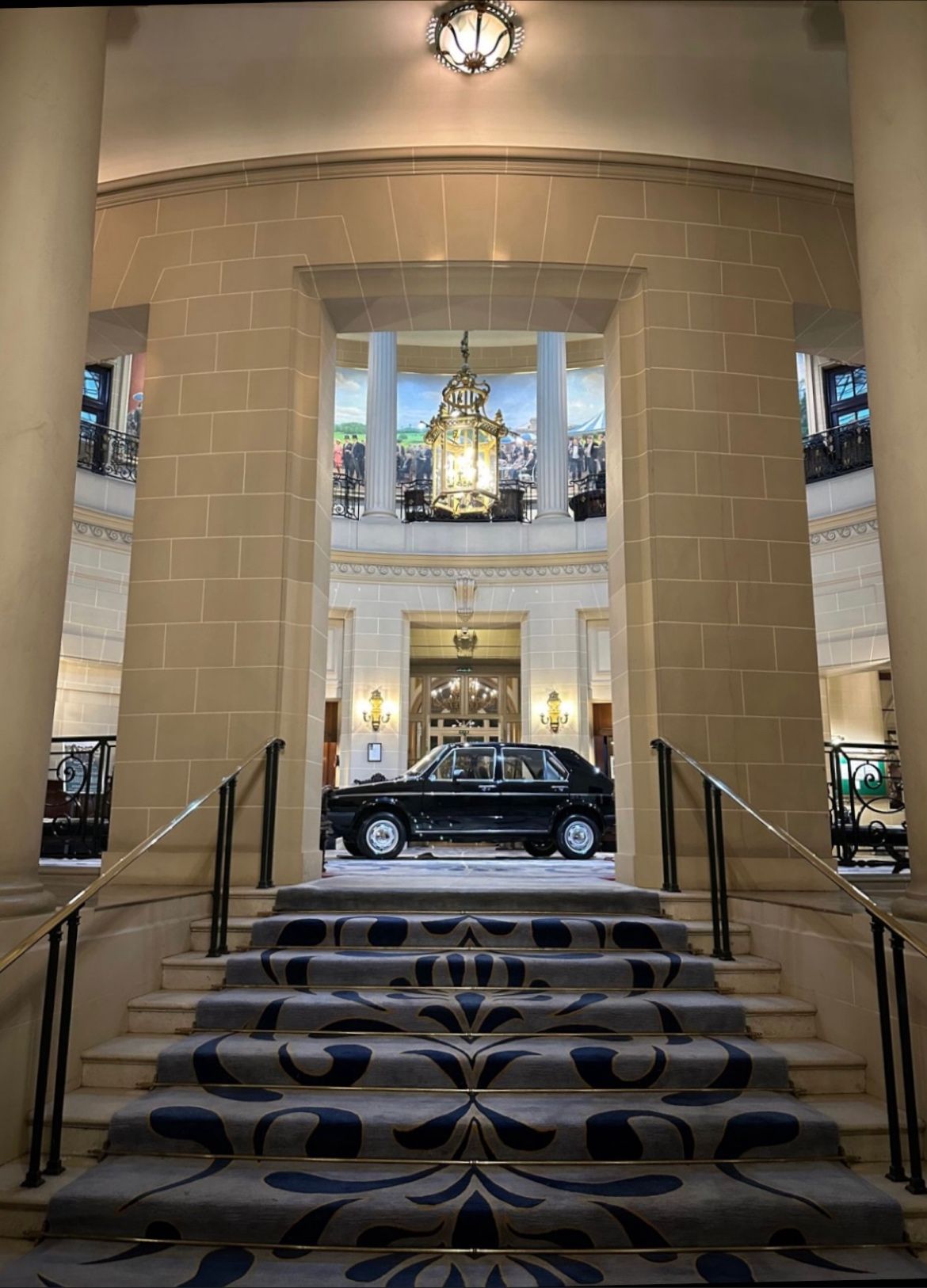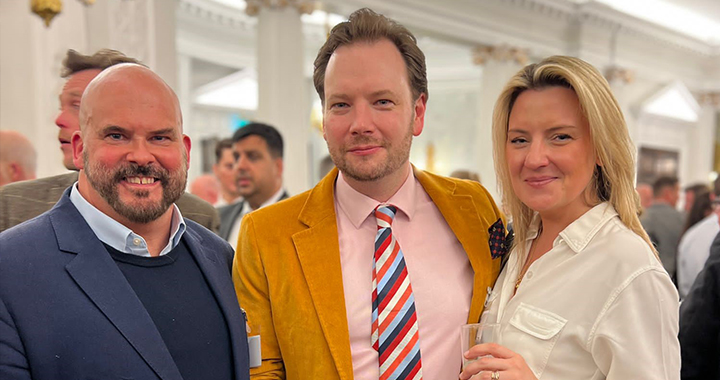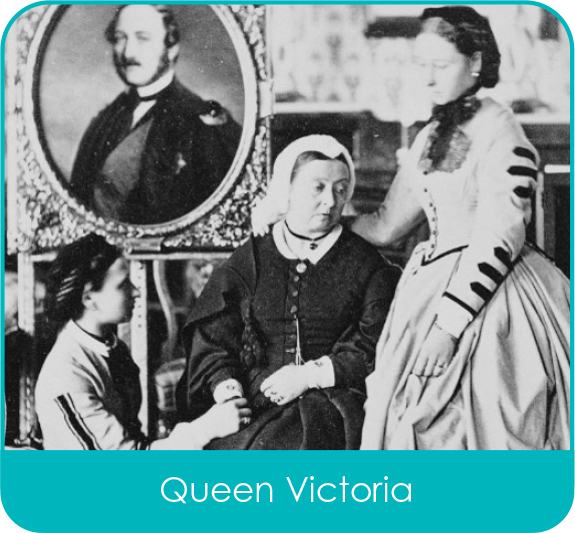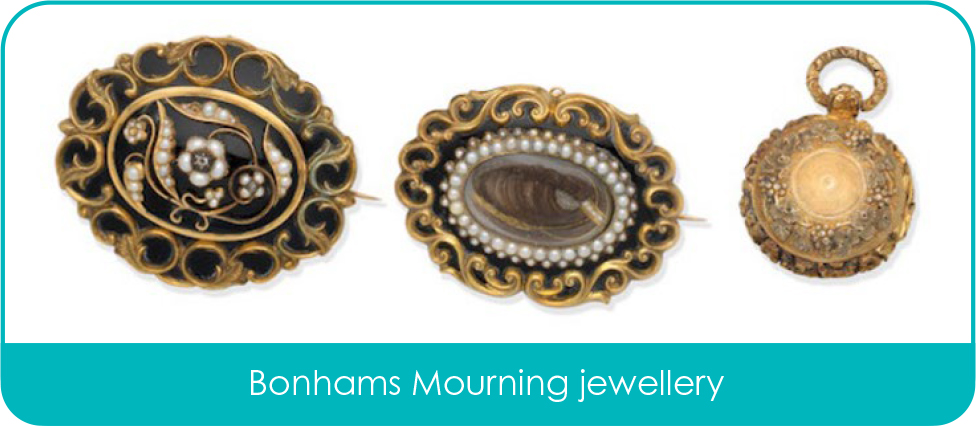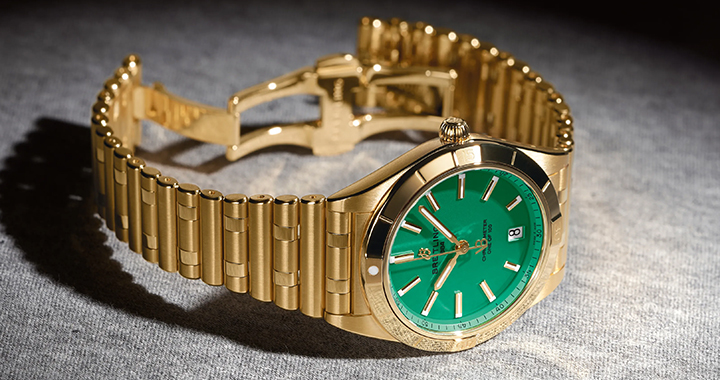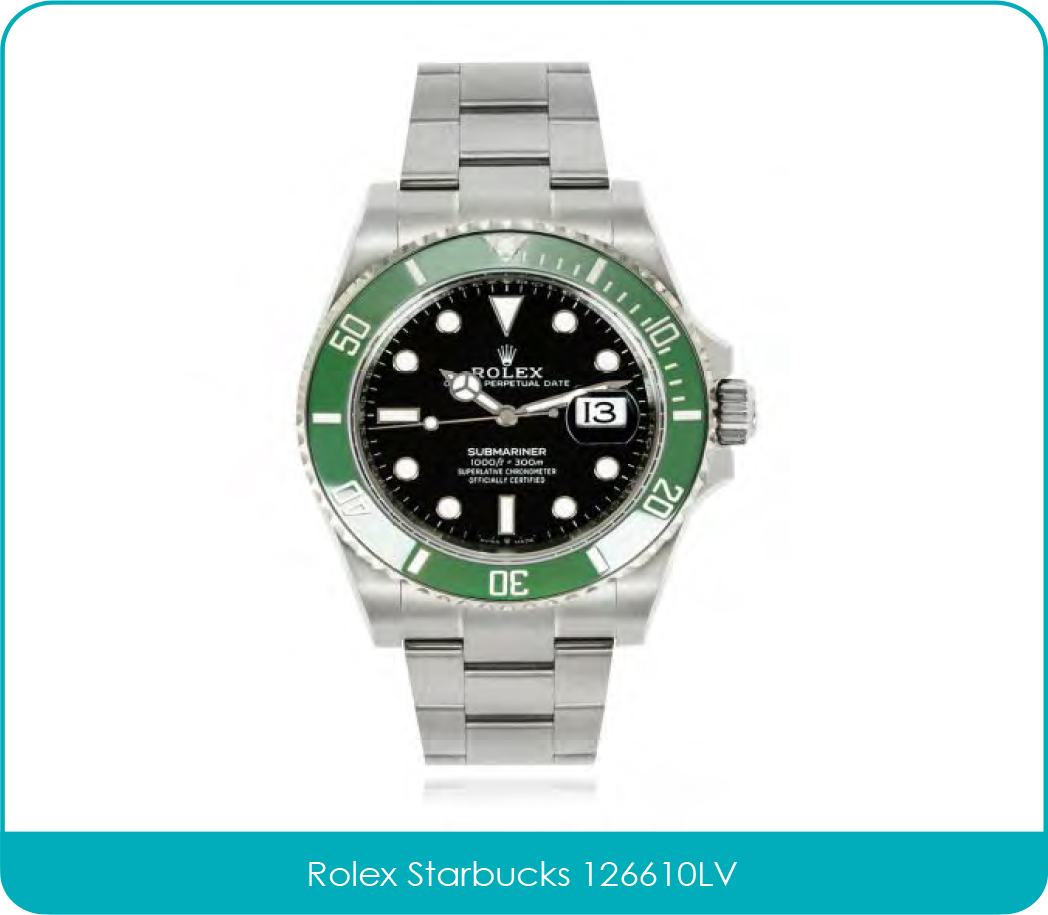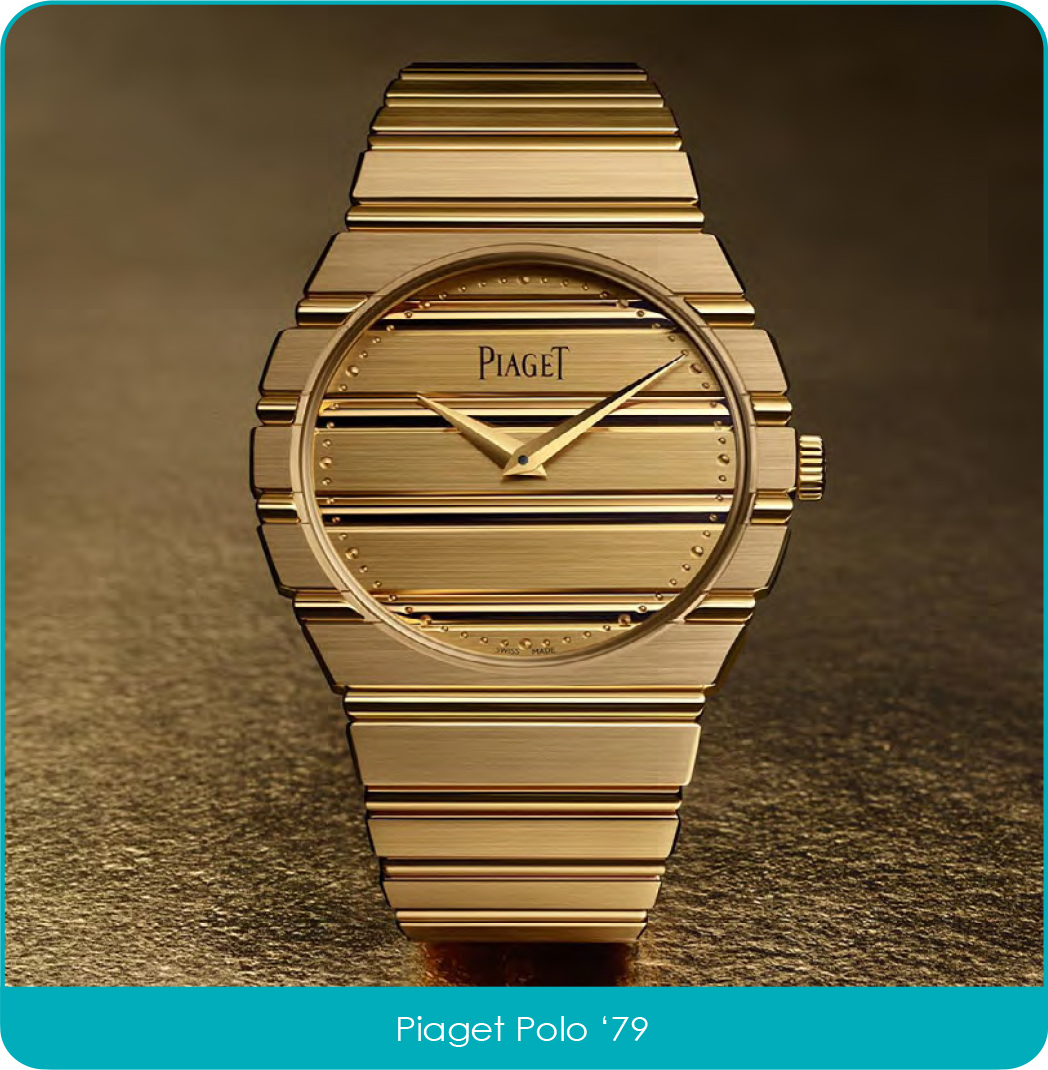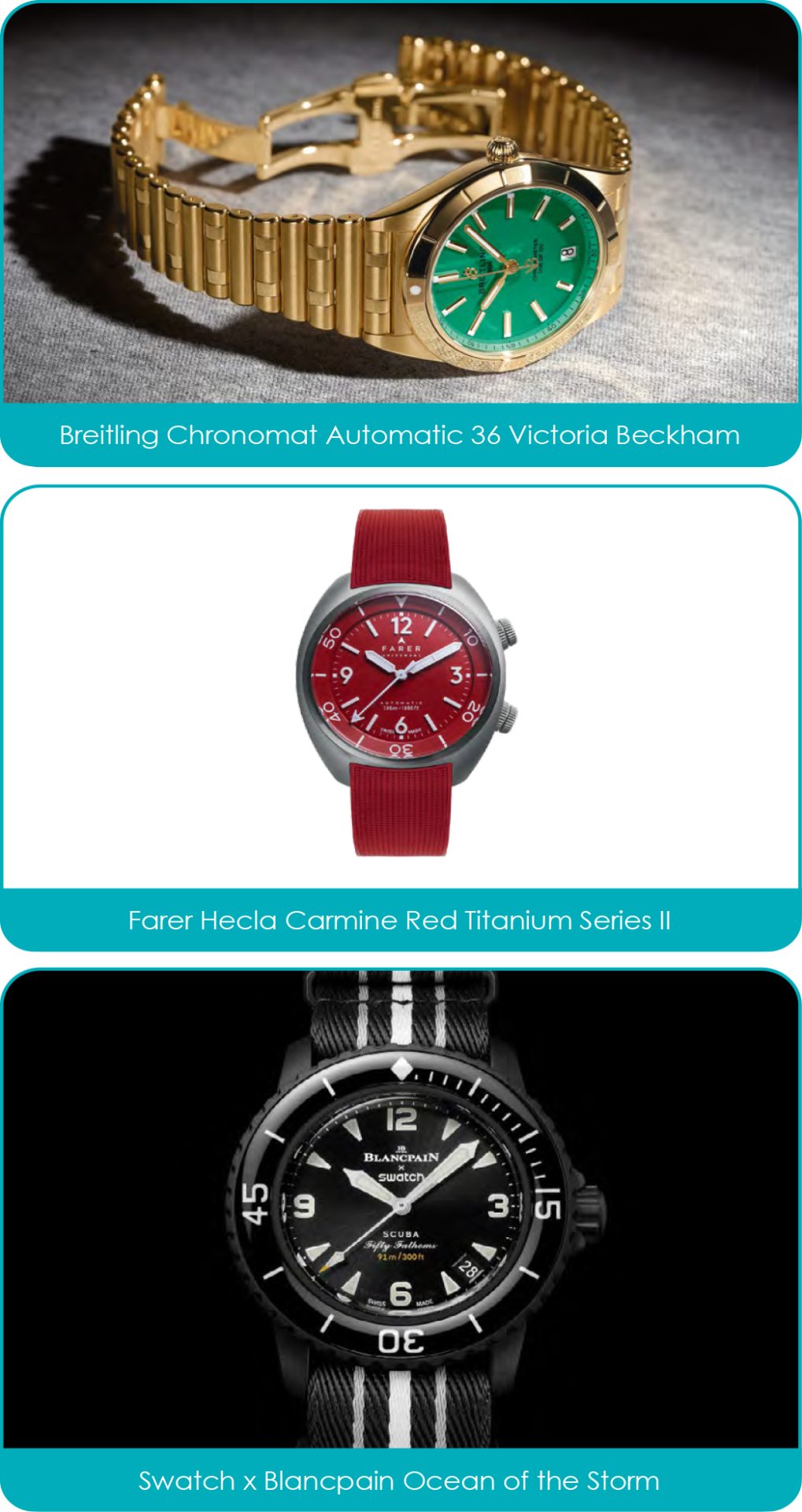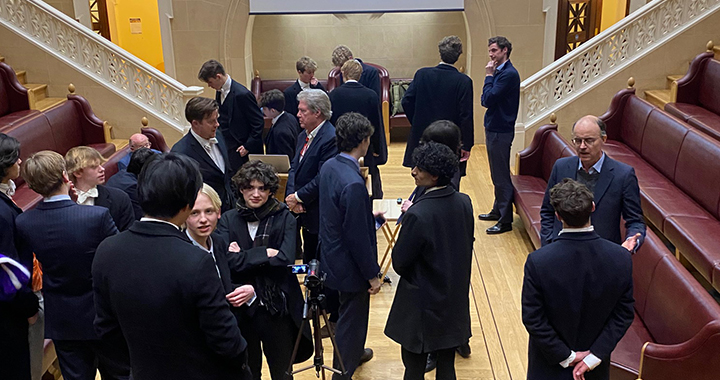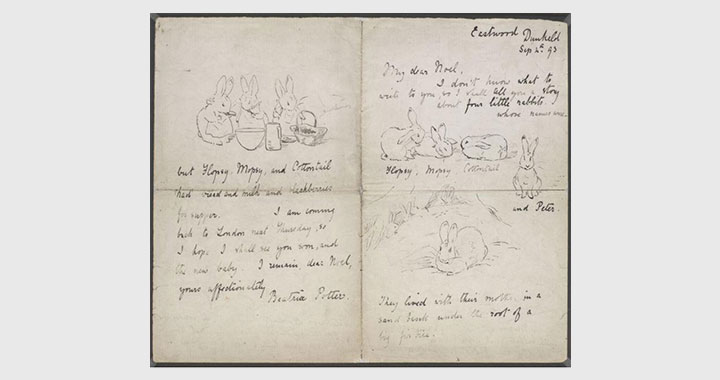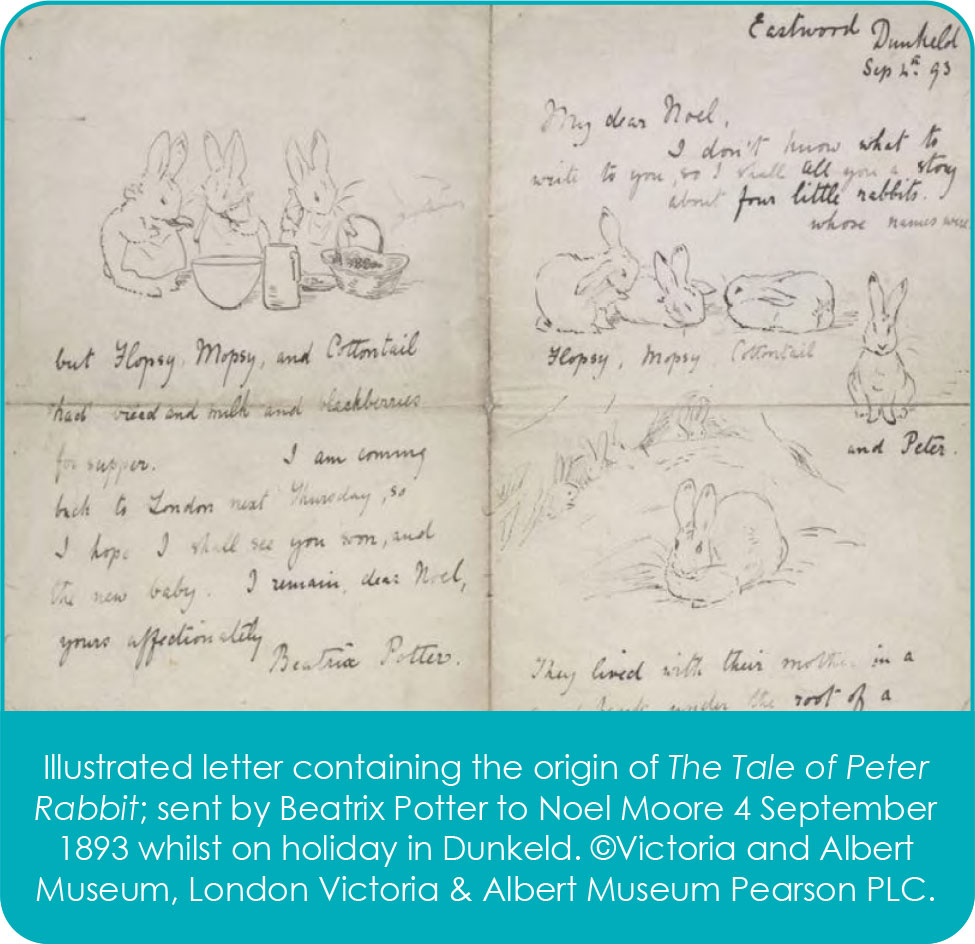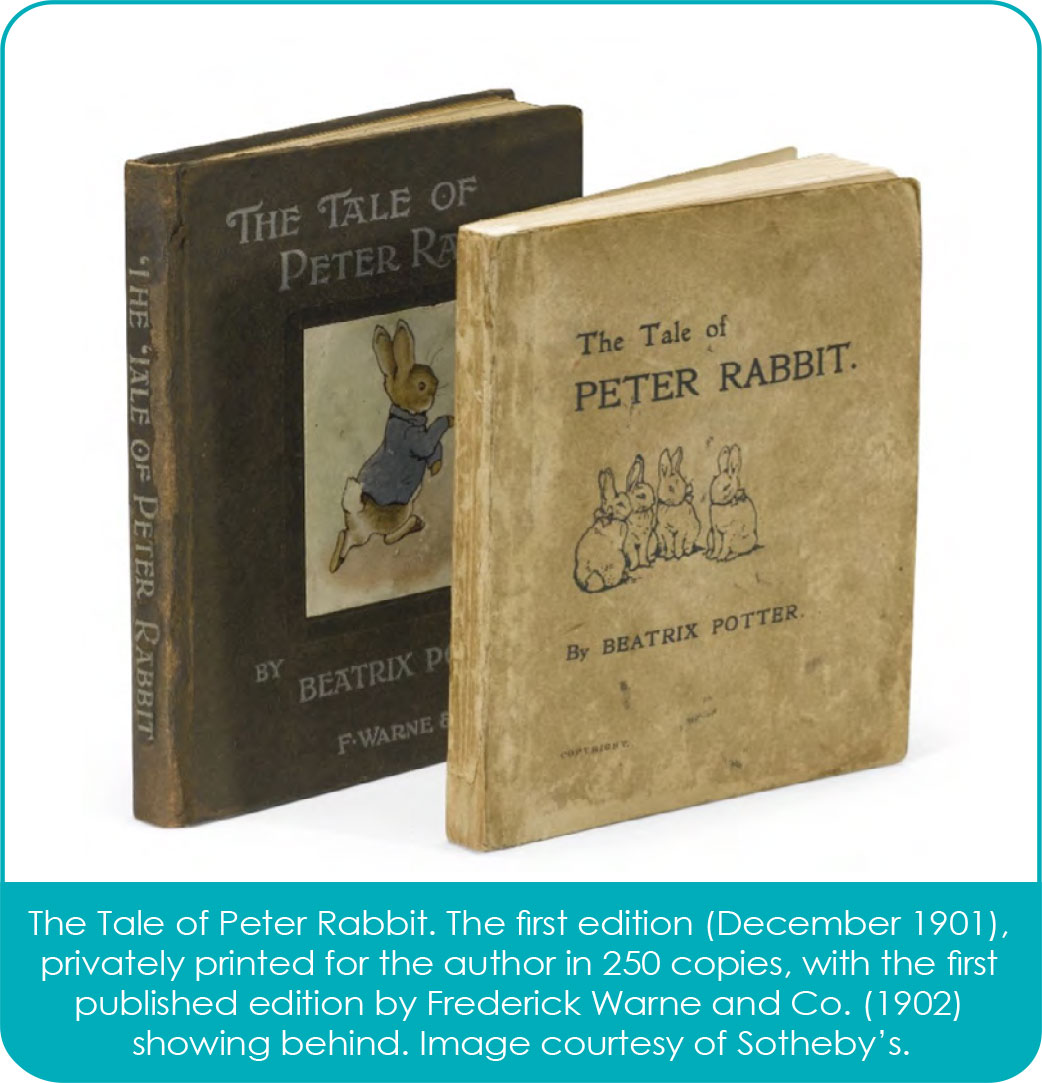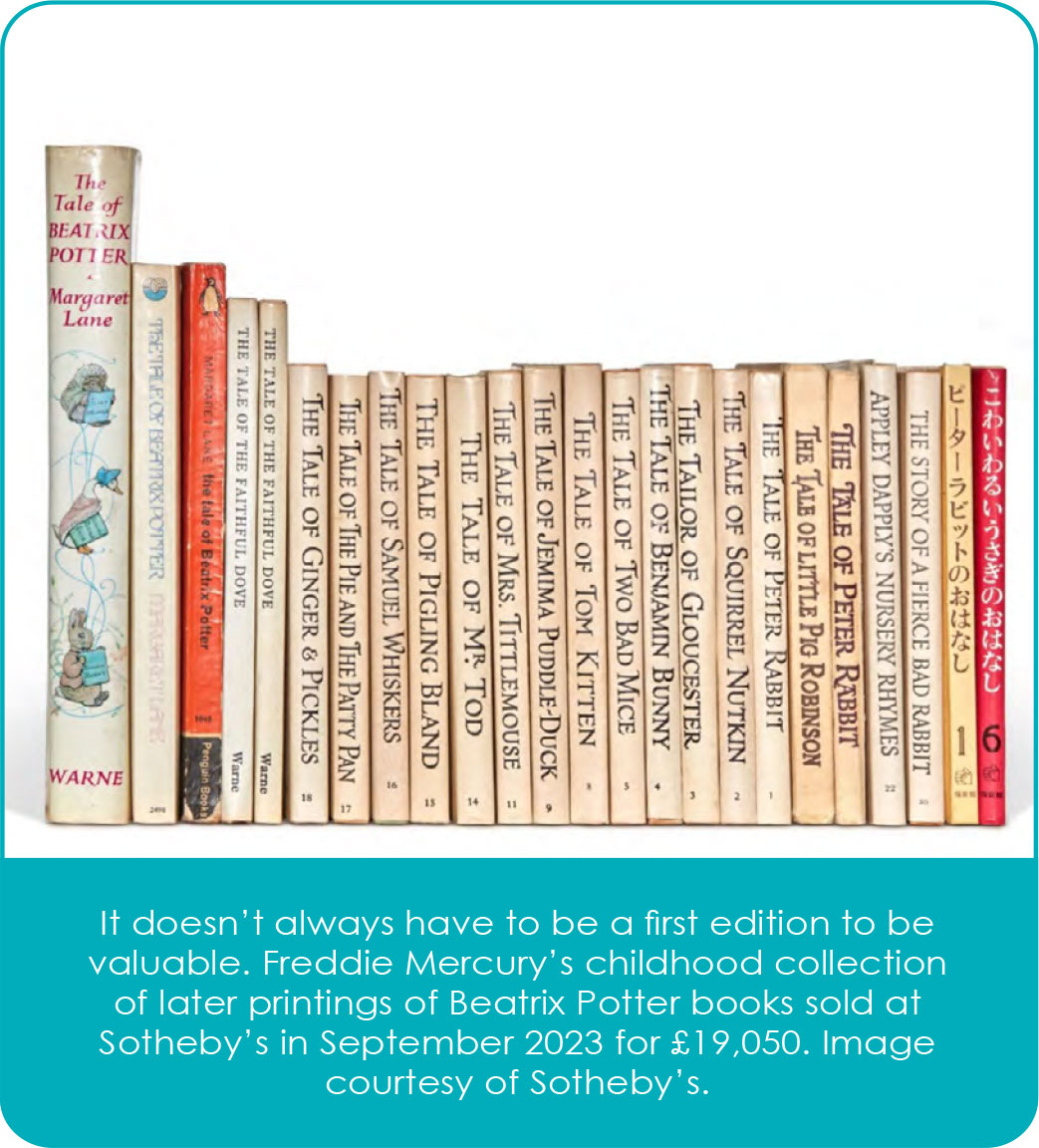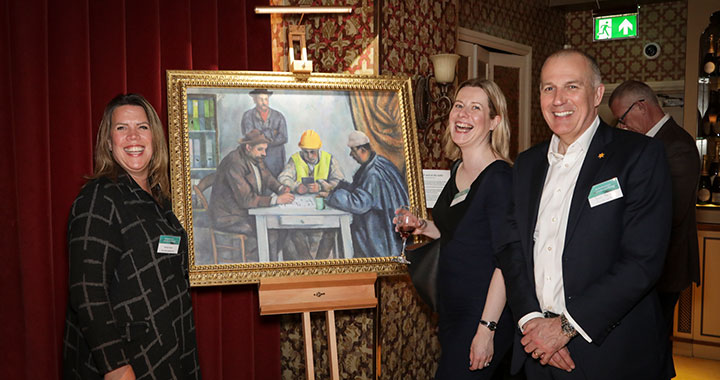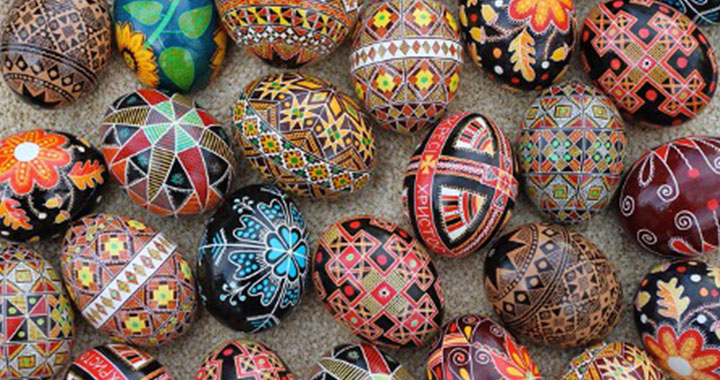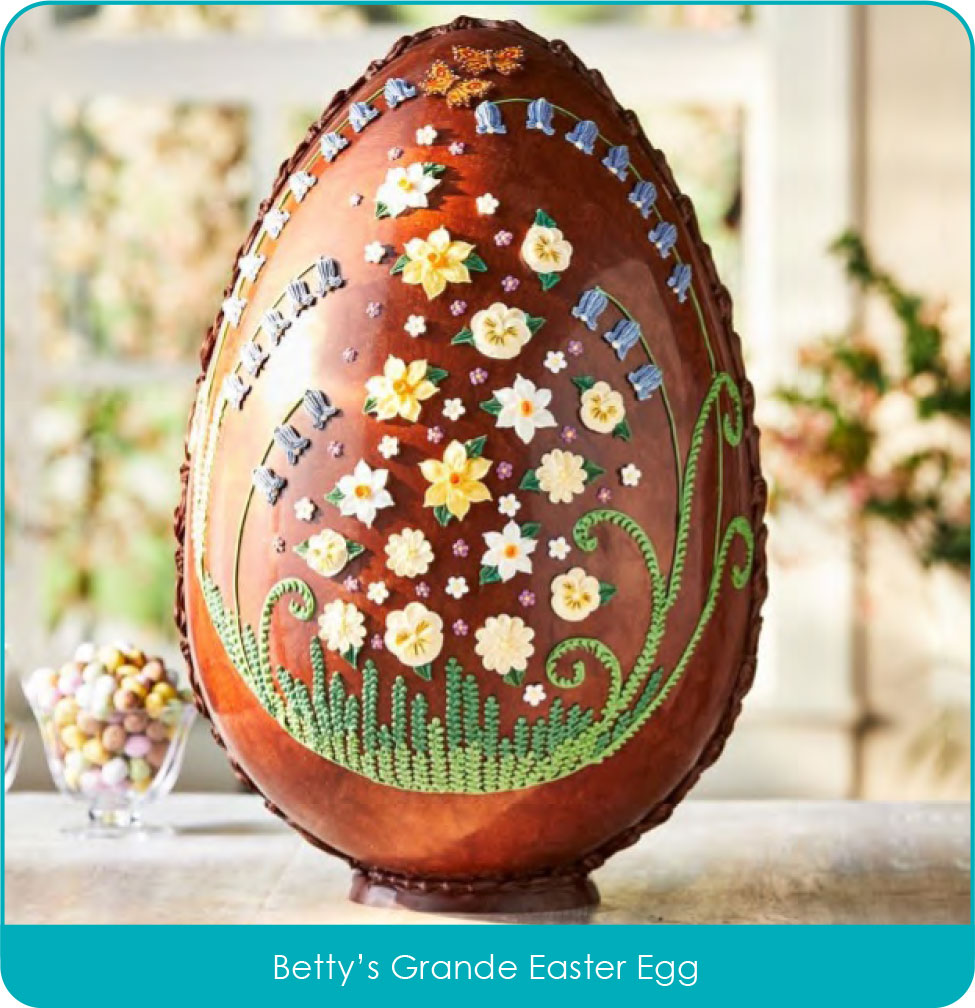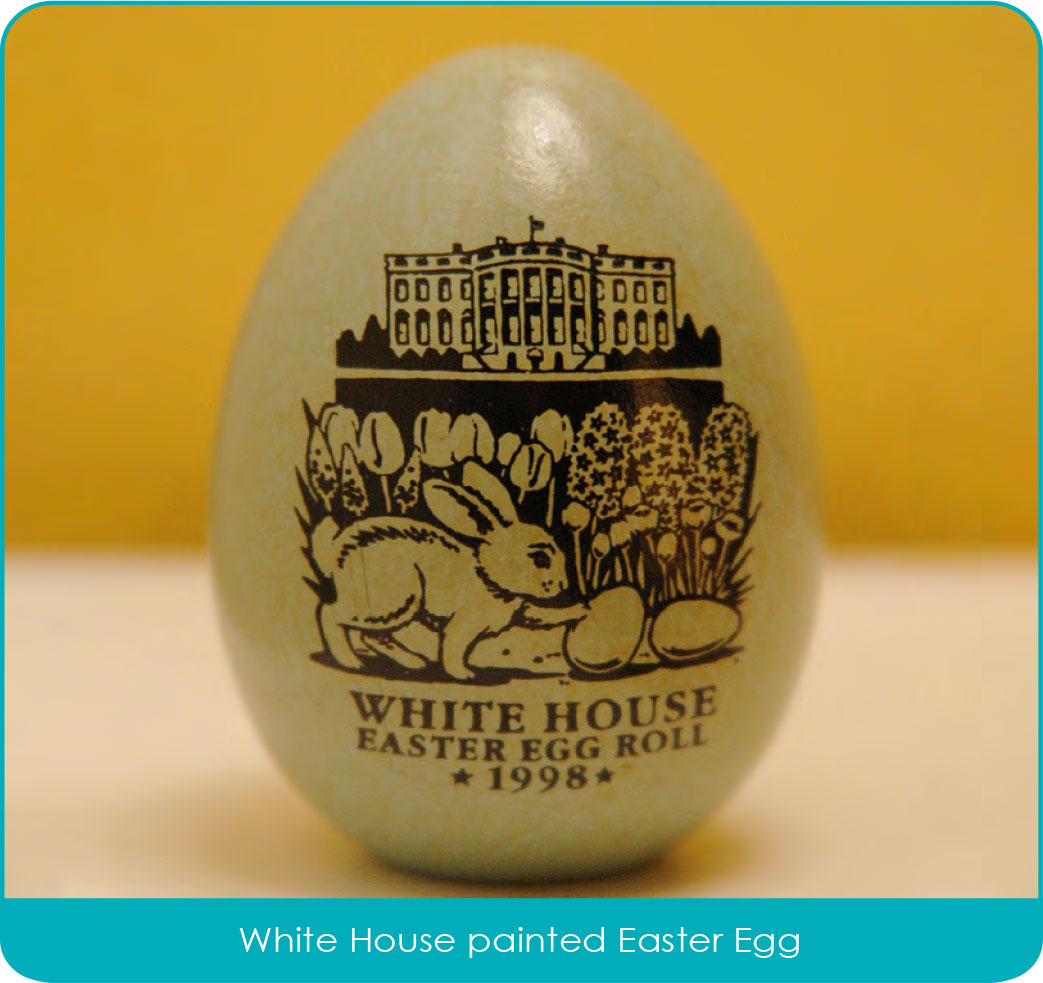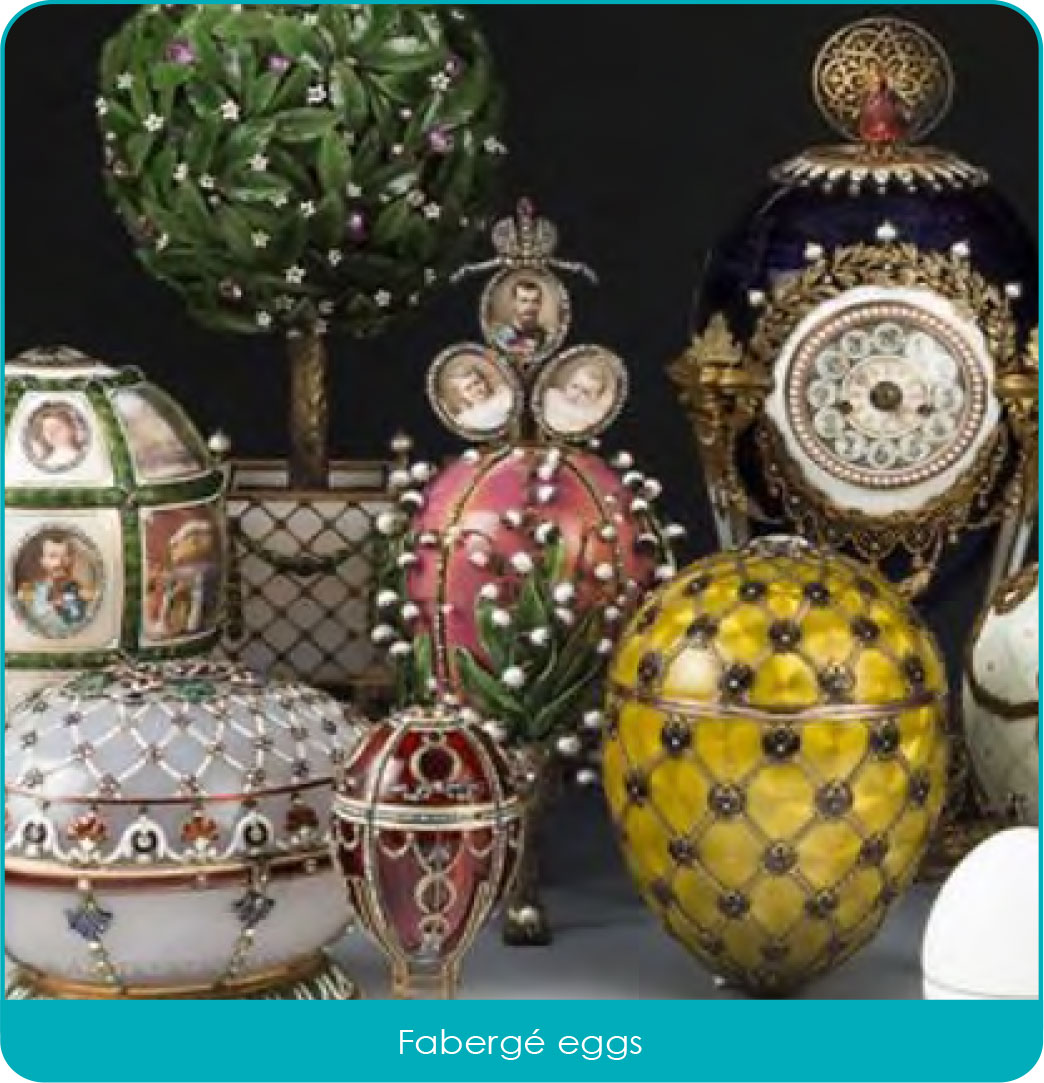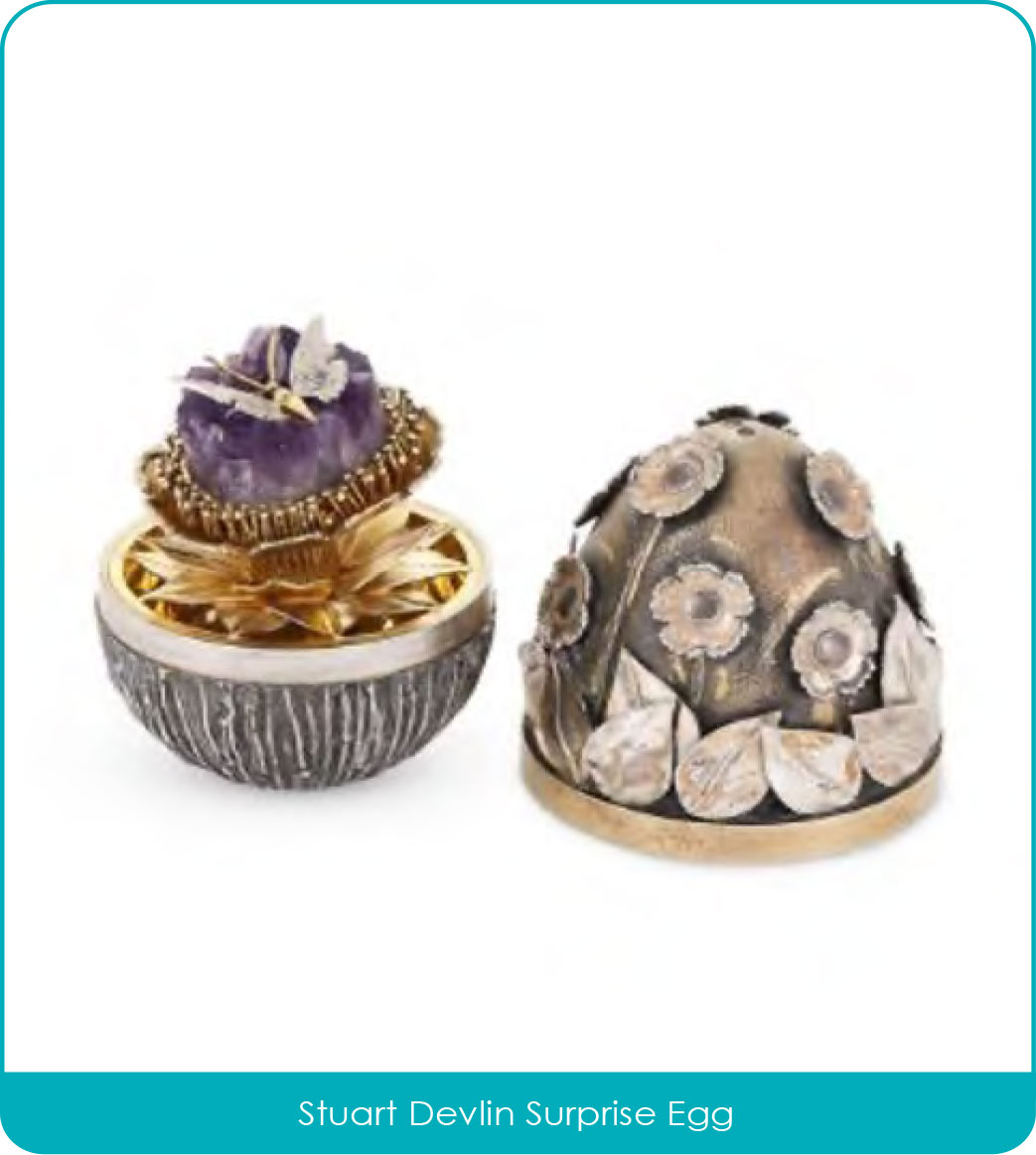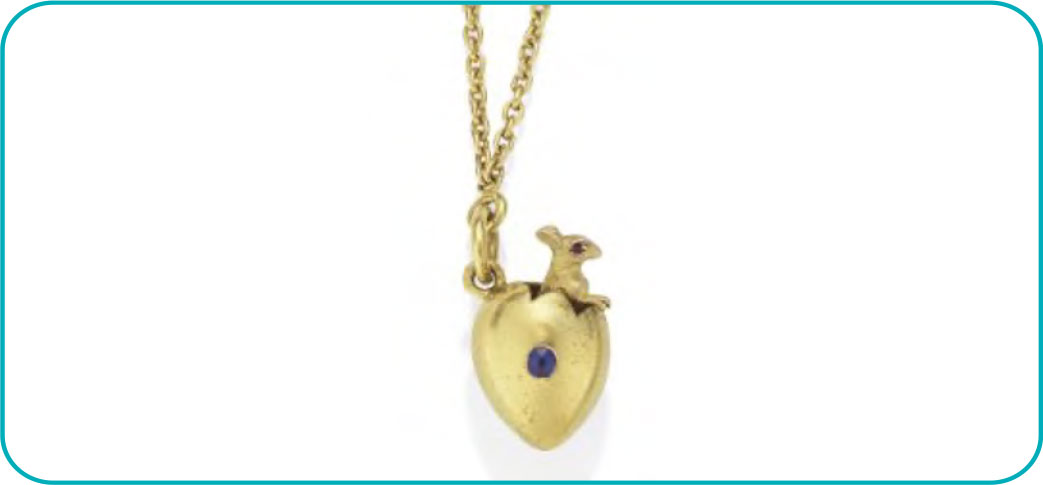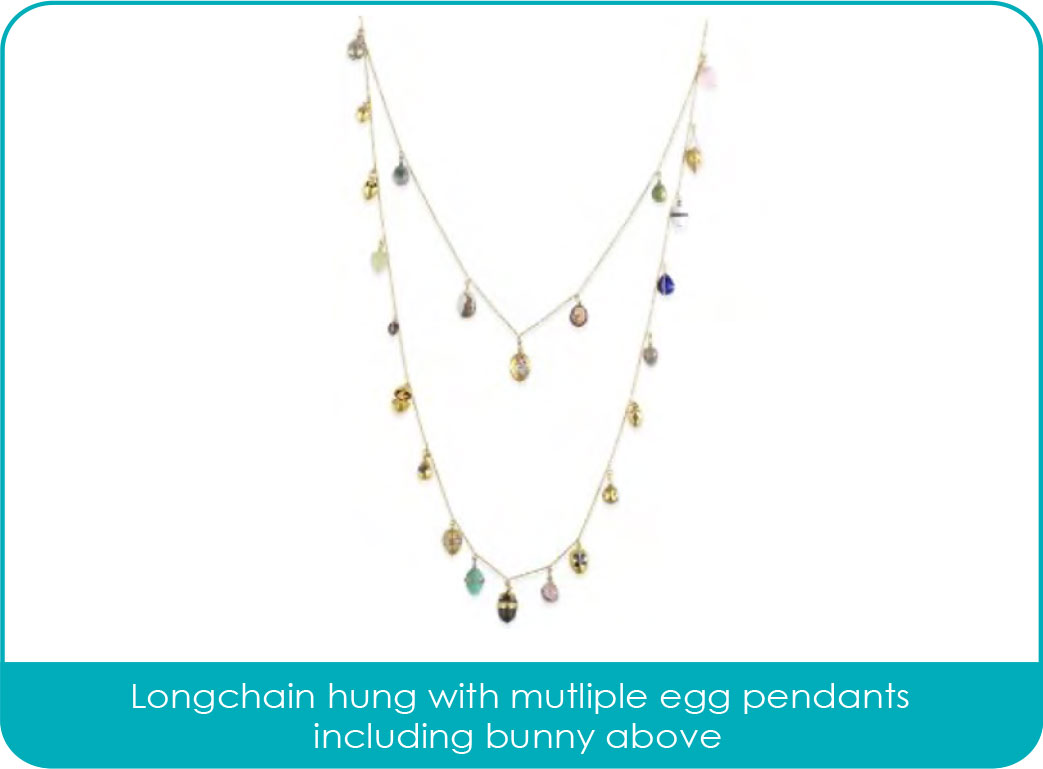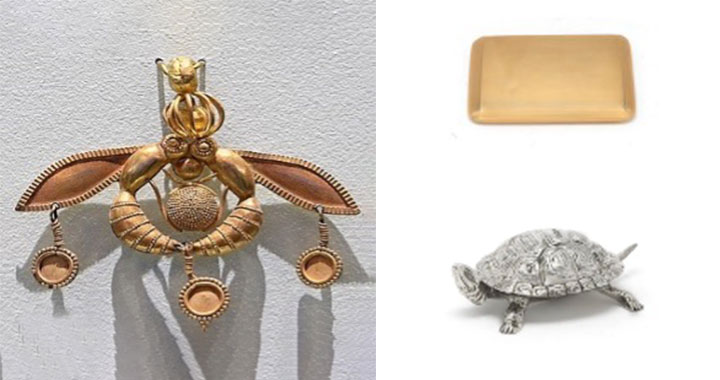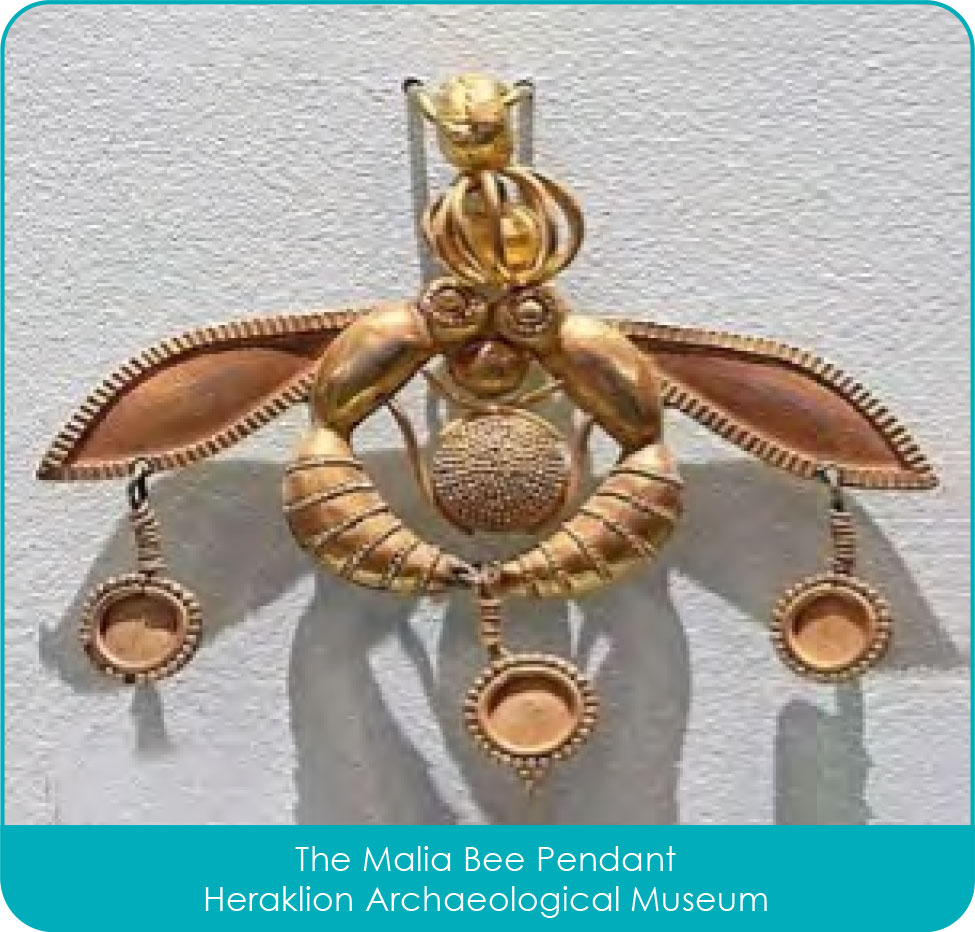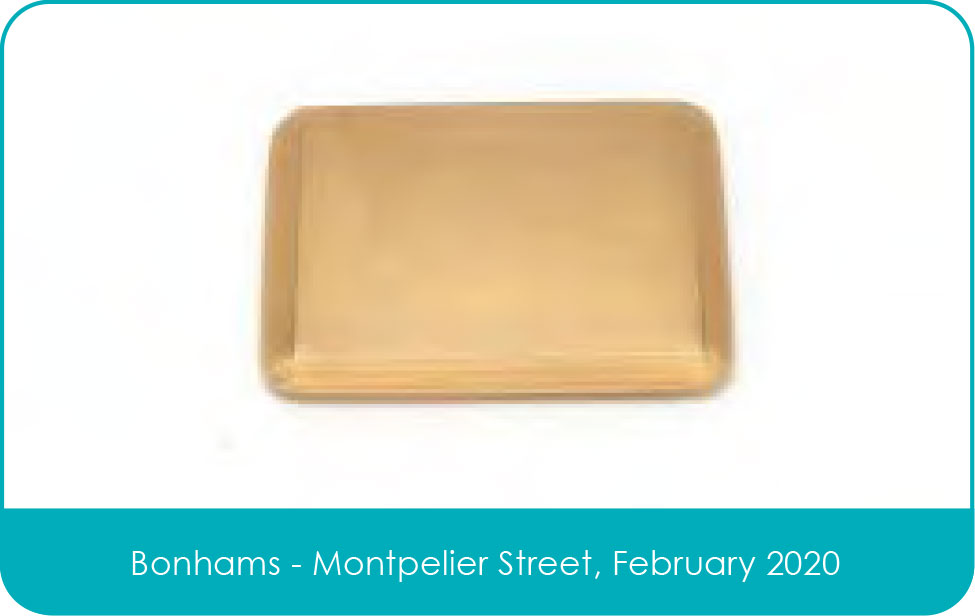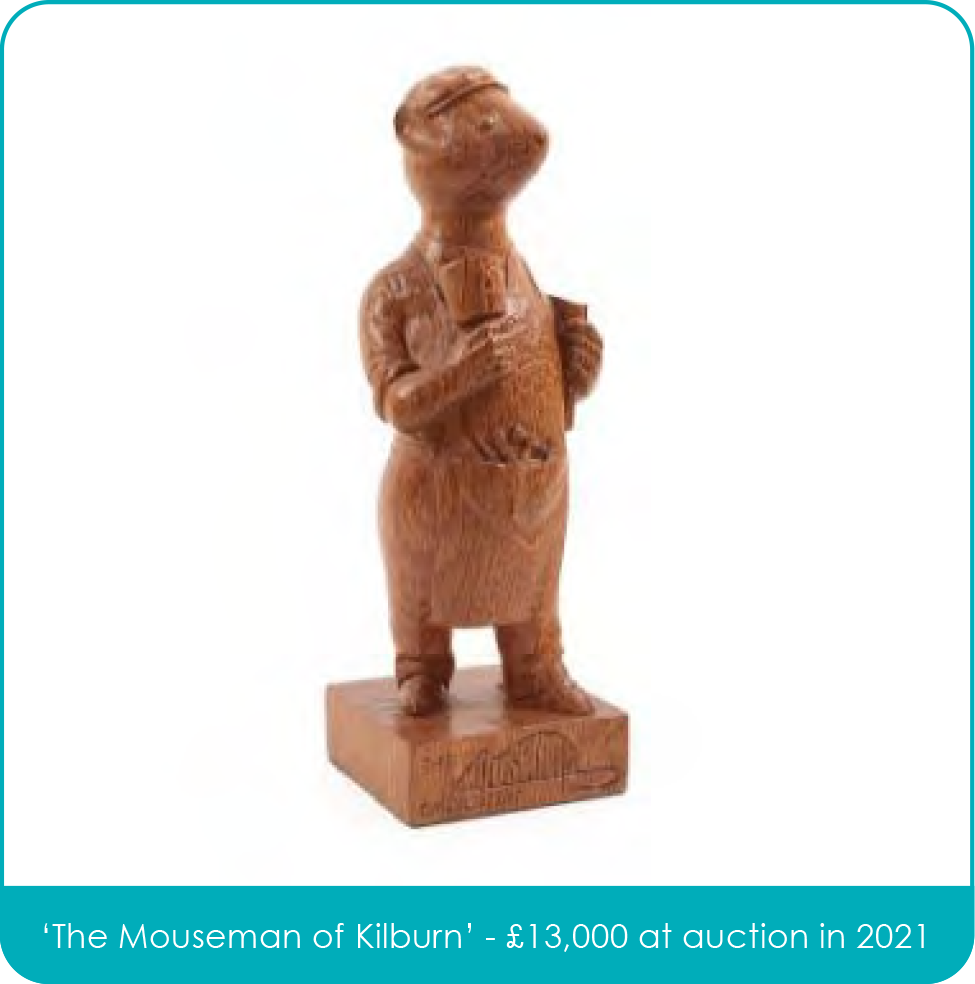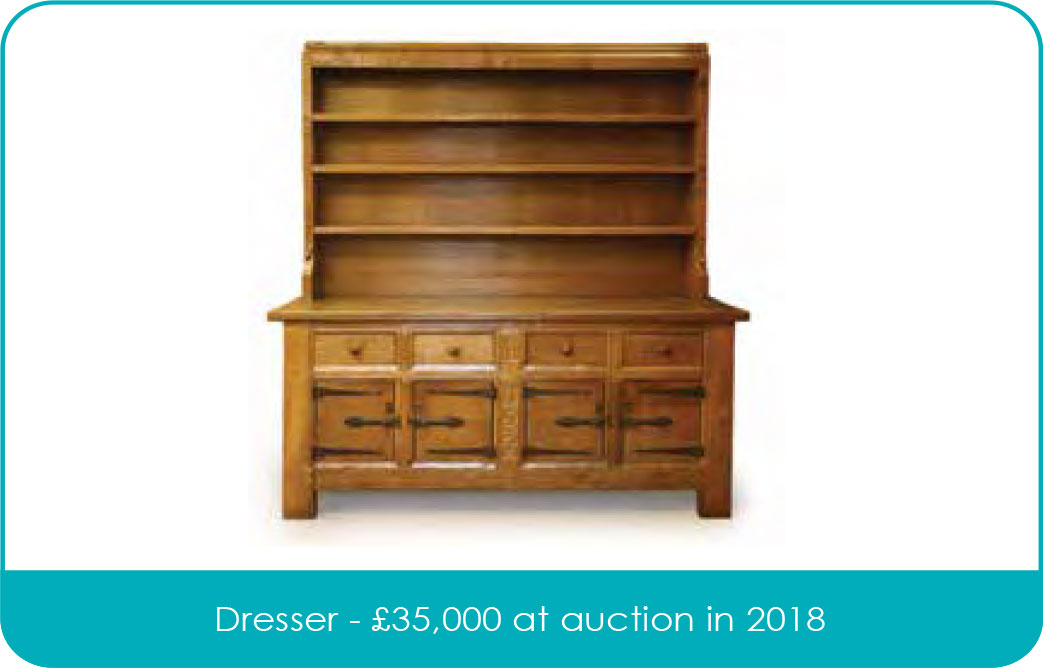There is no doubt that values in the designer jewellery field have seen uplifts in the past few years. A unique combination of the Post Pandemic luxury goods ‘boom’, an exponential rise in social media influences on buying patterns, wider inflation and bullion prices have all contributed to an incredibly buoyant and enduring atmosphere.
Similarly to the trends seen over the last couple of years in the watch market, particular designer brands saw a huge increase in popularity, visibility, and subsequent demand on the secondary market, with only a slight respite towards the end of 2023 (Reuters).
Coupled with retail prices ever increasing, the value of these ‘hot’ designer items have been pushed up on the secondary market. Value factors include condition, whether the piece has its box, and the perceived popularity or rarity of any gemstones used in the design.
Cartier
Whilst Cartier’s growth in the retail sphere appeared to be easing towards the end of last year, share prices and figures released in January 2024 display a definite upward curve driven by demand in Asia. This healthy overall trajectory has filtered down to the secondary market, with Cartier items at auction demonstrating a strong sales rate and frequently exceeding estimate.
‘Love’
The last retail price increase for Cartier was implemented in early 2023, with prices rising from anywhere between 3% to over 10%. The most sought-after and iconic collections naturally increased the most, with Pursebop estimating the retail price of an 18ct white gold Love Bracelet set with four diamonds increasing 7% to £12,200.
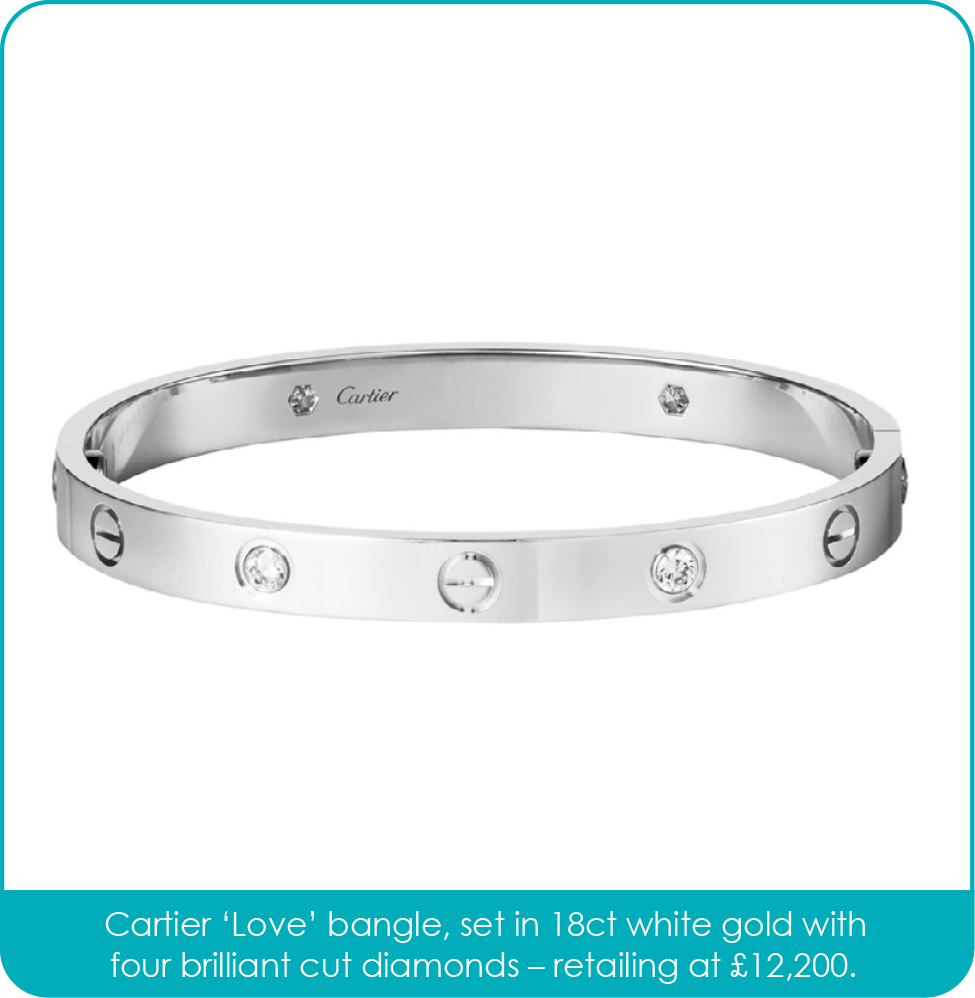
The Cartier ‘Love’ bangle is one of the most popular items of jewellery ever designed. Created by Aldo Cipullo in 1969 and were referred to as a ‘modern love handcuff,’ only removable with the help of a mini screwdriver.
Worth noting that some designs, including Aldo Cipullo original LOVE jewels from the 1960s onwards will always command a premium for their place in the brand’s design history. Another 1960s design by Cipullo to continue to grow in retail price is the Juste Un Clou, with a ‘small’ diamond set bangle selling for £4,850, and a diamond-set choker necklace now retailing at £105,000.
Cartier Trinity
This year, to celebrate 100 years of the Trinity Collection, Cartier has released two new designs, a re-edition of the XL bracelet and an XL version of the iconic ring. Maintaining the timeless appeal and enduring relevance of this beautiful collection has seen values continue to rise over decades, resulting in a classic collection that is still coveted a century after its creation.
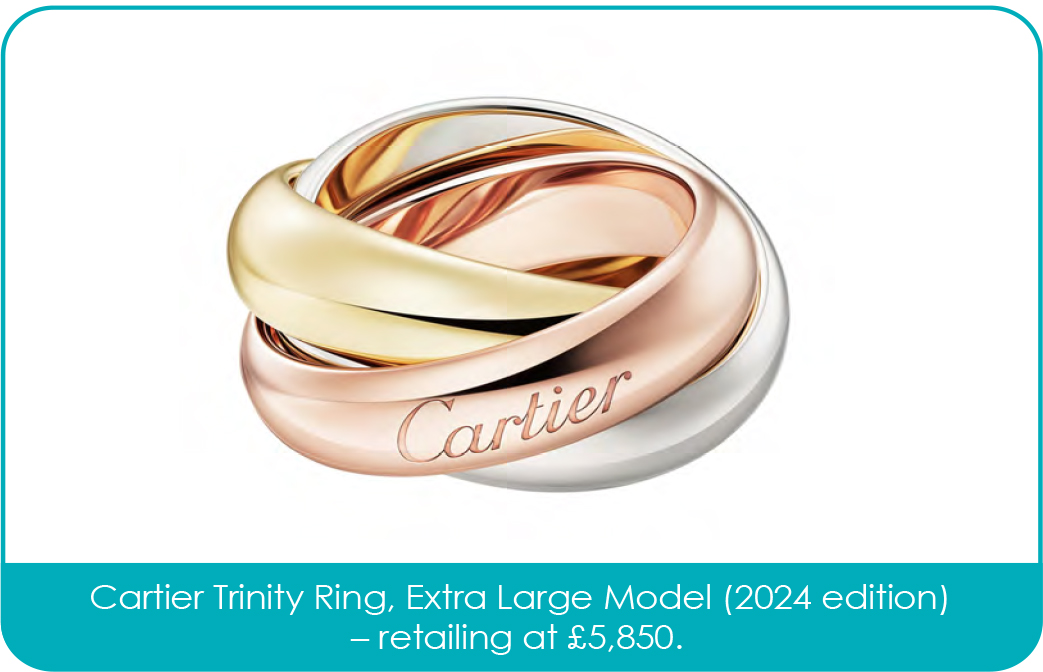
Van Cleef & Arpels
Another brand under the Richemont umbrella is Van Cleef & Arpels. Van Cleef & Arpels was established in 1895 following the marriage of Estelle Arpels, daughter of a dealer in precious stones, and Alfred Van Cleef, son of a lapidary. Creating masterpieces such as the ‘invisible setting,’ the minaudière, and the zip necklace, this iconic jewellery house is perhaps best known in present times for the ‘Alhambra’ collection. Indeed, according to statistics by retailer Watch Pilot, in 2023, the Van Cleef Alhambra bracelet was the most Google searched item of jewellery by category.
VCA Alhambra
Designed in 1968 by Jacques Arpels to be symbolic for luck, the Alhambra Collection is designed around a series of quatrefoil ‘four leaf clover’ panels. Varying in designs with quantity, size, and gem material, these beautifully set clover shapes are truly emblematic of the brand. Worn by royalty and celebrities to include the likes of Princess Grace of Monaco, Elizabeth Taylor, Kate Middleton and many more, the Alhambra collection possesses a truly timeless appeal.
Since 2022, the retail price for an 18ct gold Alhambra bracelet with five mother of pearl motifs has increased by 5.3% to £3,950.
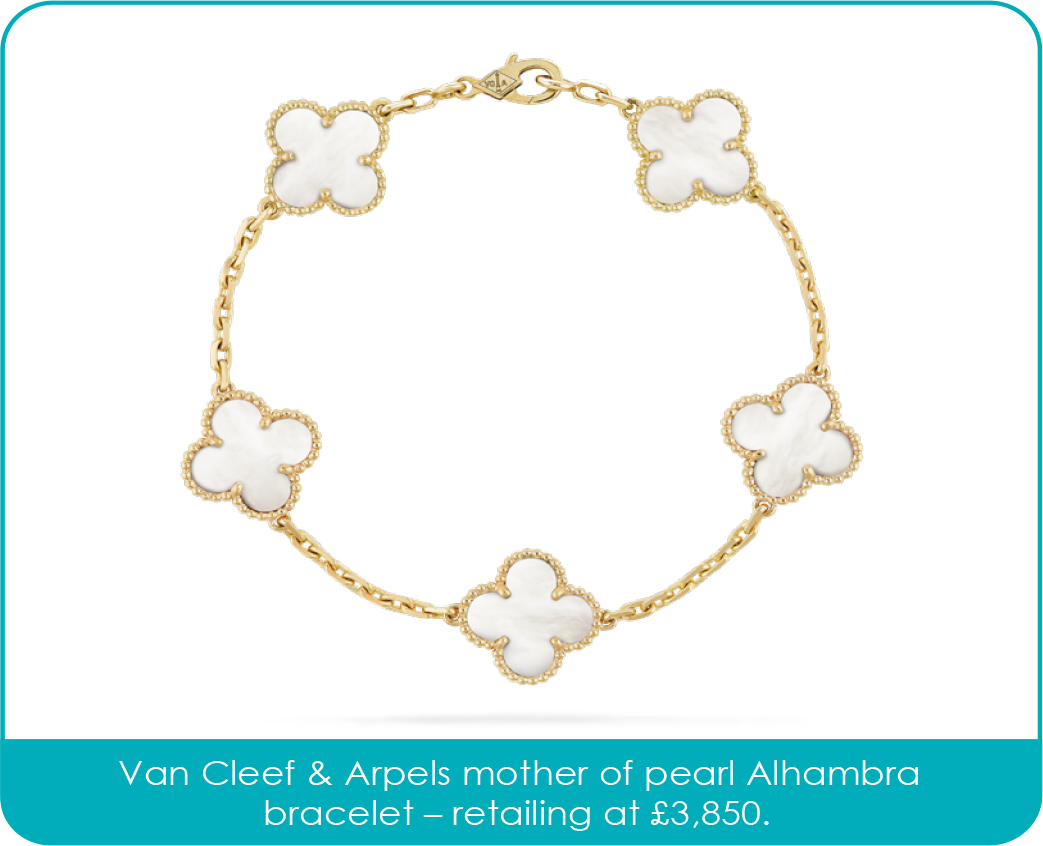
At auction, the Van Cleef Alhambra pieces that well exceeded estimates were limited edition runs and unique pieces that were impossible to procure from the retail market.
One such example was a striking collar necklace, formed from openwork Alhambra links in 18ct yellow gold, selling at Bonhams in 2022 for £50,000 against a £12,000-15,000 estimate.

Boodles
Boodle & Dunthorne was established in Liverpool in 1795, gaining a reputation as one of Britain’s finest jewellers. Rebranding to ‘Boodles’ in 2004, this coveted brand has designed several sought-after jewellery collections that continue to enjoy increases in value as the years go by. Collections such as the Velocity, Blossom, and Raindance are all designed and handcrafted in-house from Boodles’ workshops in the heart of London.
Raindance
Designed in 2000 and inspired by a trip to the Chelsea Flower Show in which Head of Design Rebecca Hawkins admired the way light played on raindrops, the Raindance Collection is seen as one of the brand’s most iconic collections. Indeed, the Victoria & Albert Museum has a Raindance ring on display as part of their ‘Best of British Design’ permanent exhibition.
Featuring a series of collet set diamonds in varying sizes and angles, these beautiful jewels are retailing from £3,400 for a single band set with three circular rubies or sapphires and a pair of brilliant cut diamonds. At the top end of the spectrum is the Raindance ‘Chelsea’ bracelet, set with over 15 carats of colourless and fancy pink diamonds at £134,400.
Celebrating its 20th anniversary in 2020, Boodles released a limited-edition ring, set in platinum and 18ct rose gold with colourless and Argyle pink diamonds. Varying in carat weights, these limited edition pieces will continue to grow in value and hold their own at auction. In 2023, one such example with approximately 2.80cts of diamonds sold at Tennants Auctioneers for £19,000. Meanwhile, a version of the design on Boodles website set with 4.25cts is available for purchase at £84,000.
To conclude, exquisitely constructed and expertly finished jewellery will always possess a value, and continue to rise according to demand, popularity and inflation over time.
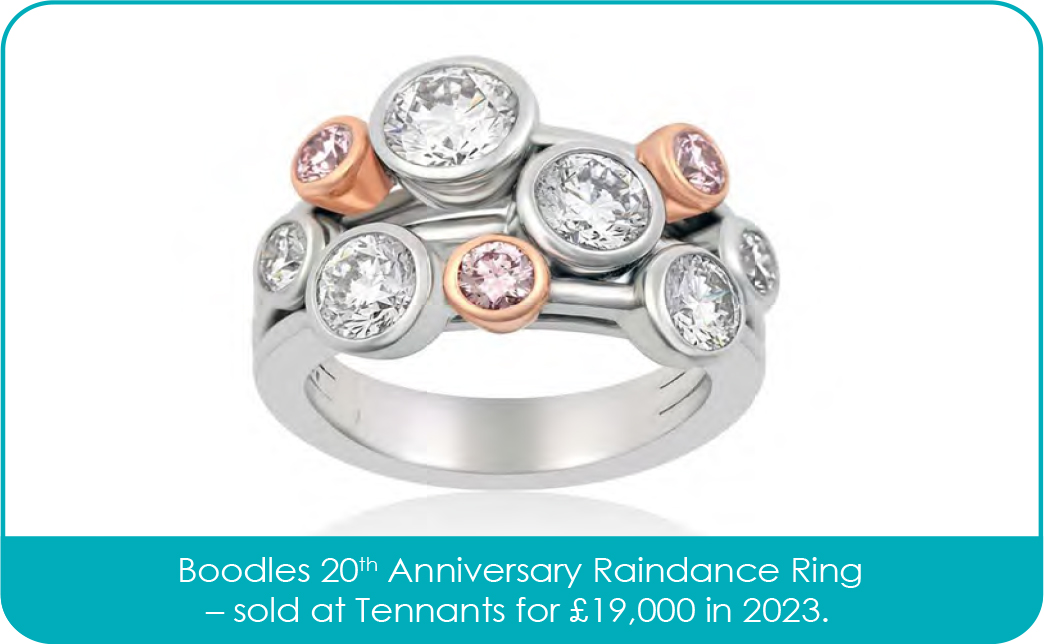
Although trends and fashionable collections will alter and vary over the years, items from the premier jewellery houses, in good condition and with original boxes will retain a demand from collectors, jewellery lovers and indeed those new to the market. Pieces that possess an unusual or rare aspect, such as an early piece from the collection, limited edition runs, and unexpected gemstones can expect to exponentially increase in value over time.
With the clear discrepancy between open market value and retail replacement value, it is essential that clients are equipped with adequate cover for their items. For a specialist, informed and up to date valuation of your jewellery collection, contact our experienced, nationwide team at Doerr Dallas.

